We’ve all followed the story of the mass shooting that took place in Highland Park on the 4th of July. Suspect Robert Crimo has been arrested and charged with seven counts of murder. His social media history and motives are still being argued over even as tributes to his victims are being published.
The focus on one shocking act of violence is understandable but the city of Chicago saw many acts of violence over the July 4th weekend. In fact, more people were shot and killed over the 3-day weekend than died in the mass shooting in Highland Park. Local residents wonder why the violence they see every day doesn’t seem to attract much attention or resources.
There are no crowdsourced charity drives raising millions for victims’ families in Chicago, where the holiday weekend death toll reached at least 10 with 62 injured — numbers that exceed the toll in Monday’s mass shooting at a July Fourth parade in nearby Highland Park, Ill. In that affluent lakeside suburb, the violence was an anomaly. Here, it is a grimly regular occurrence.
“They have a lot of resources there in Highland Park,” said Bobbie Brown, 62, who watched the nationally televised law enforcement response and community outpouring from her home in the Englewood neighborhood, down the block from where the homicide near the playground happened Friday afternoon. “Ain’t that something? Our babies see people get shot while they’re at a playground, and there’s no counseling. They have to suck it up and deal with it.”…
Shermiya, a Triton College-trained engineer, drives her three children 45 minutes west each morning during the school year, outside city limits. Her parents live there, and the children use their address to attend school…
To her, the Highland Park television coverage served as little more than a reminder that the suburb one hour away exists in a different universe.
“It was on for hours and hours,” Shermiya said. “And it’s like, people are getting shot every day around here, around the corner, up the street. But they still don’t cover it because it’s not enough White people down here.”
Another resident in Shermiya’s neighborhood, who only gave his first name, told the Post, “Kids get shot here — they throw them in the bag and keep on going. But they got the whole SWAT team out there in Highland Park trying to get the bottom of this sh–.”
There’s a push on the left to make the media coverage of mass shootings like the one in Highland Park and the one in Uvalde, Texas more gruesome. NY Times columnist Charles Blow had a piece up yesterday titled “Show the Carnage.”
In an interview with CNN on Tuesday, Dr. David Baum, an obstetrician in the Chicago suburb of Highland Park, described the “horrific scene” when a gunman rained rifle shots down on a Fourth of July parade through the community on Monday…
The people killed were “blown up by that gunfire,” he said, “blown up. The horrific scene of some of the bodies is unspeakable for the average person.”
This shooting — and Baum’s description — has extended a roiling debate about whether media should show what rounds from high-powered rifles can do to the human body.
The idea here is that if people were forced to actually see the bloody effects of this violence up close, the way first responders do, it might change the narrative around gun control. Maybe if people saw enough horrible head wounds on the internet and on TV, they’d embrace the left’s take on banning assault weapons.
Though it’s not clear if Charles Blow is aware of it, this isn’t a new argument. For decades, pro-life groups have been debating the same question. Does it help or hurt the cause to confront people with bloody images of aborted babies? A group called the Center for Bio-Ethical Reform traveled from campus to campus setting up large vinyl banners containing grisly images as a way to shock and confront pro-choice students. It definitely garnered attention.
As George Mason University students exited the Fairfax campus’ main dining hall on Monday and Tuesday, they were greeted by a 72-foot-long wall of graphic, poster-sized photos of aborted human fetuses.
The courtyard adjacent to the Johnson Center is where Mason sophomore Anna Maher teamed up with the Center for Bio-Ethical Reform to stage a “free speech demonstration.” In addition to the fetus poster wall, anti-abortion advocates milled around in T-shirts with an anti-abortion message, passing out brochures containing a small sampling of the poster-sized photos. Each poster was 4 by 8 feet, with 18 posters in total lined up in two rows, reaching approximately 15 feet high…
Maher’s demonstration was getting the attention she hoped among students.
“I heard about it before I got a chance to see it,” said Delesia Watson, 22. “By showing those little arms and feet, they really get people’s attention…. People don’t think about the fetus being a person. Although I don’t agree with the way they did it, they got people to think about it, and overall, they accomplished their goal.”
Again, this was somewhat controversial on the right but on the left there seemed to be unanimous agreement that such images were barbaric and anyone who sought to show them was a kind of monster. I wonder what Charles Blow and others on the left who support showing people images of mass shootings would say about those abortion protests/images now?
And it’s worth noting that the same sort of disagreement has been taking place on the left among vegetarians. Many vegetarians stop eating meat not solely for health reasons but for moral ones. They can’t abide the idea of the mass slaughter of animals for food. It’s not hard to find gruesome videos taken at slaughterhouses which are filmed by anti-meat campaigners as a way to change people’s minds about what they eat. Again, not all vegetarians believe in showing people bloody images to change their minds, but some do.
While this isn’t a new idea, I think Blow does have a point that the less visible violence is, the easier it is to ignore it. I don’t know if that’s a justification for putting graphic images of murder victims on television but it’s certainly a good argument for giving more attention to the routine gun violence in Chicago which often harms and kills more people than the mass shootings the media obsesses over.
Clearly, some of the residents of Chicago think the issue is race and that may be part of it, but my friend Jeryl Bier made a good point on Twitter. Charles Blow’s interest in showing the carnage is in motivating people to support more gun control. But would showing graphic images of the more mundane shootings in Chicago and other cities lead to calls for more gun control or might it instead lead to demands for more police in black neighborhoods?
Serious question: only the carnage from mass shootings? What about the daily/weekly carnage in many big cities? Could it be that showing that more mundane carnage would tend to boost calls for more police instead of more gun control?https://t.co/onFGhFo2zK
— Jeryl Bier (@JerylBier) July 7, 2022
Decisions about what grisly images to show (or not show) are always going to be political. There’s a push to show grisly images of mass shootings now precisely because those images could help the left achieve more gun control. But those same news outlets probably won’t be showing readers any grisly images from slaughterhouses or abortion clinics because the politics of those issues aren’t as widely shared in the newsroom.
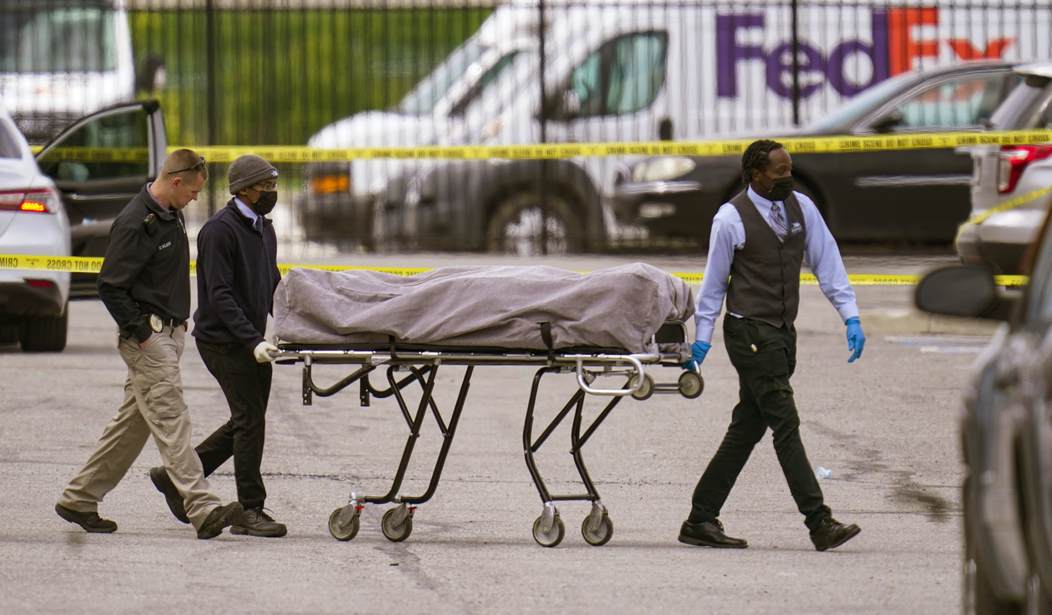


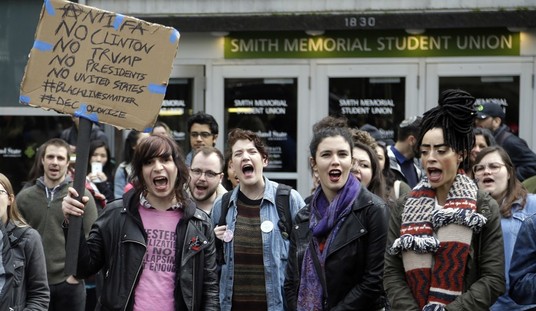
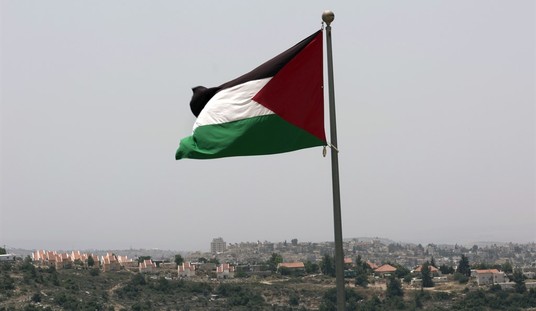

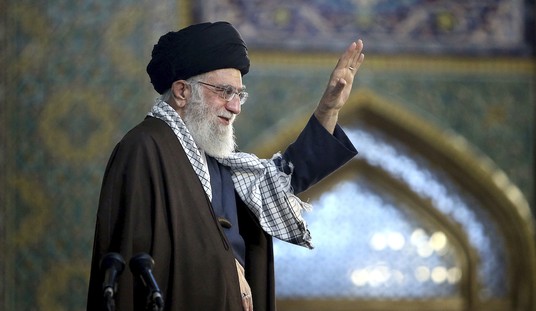
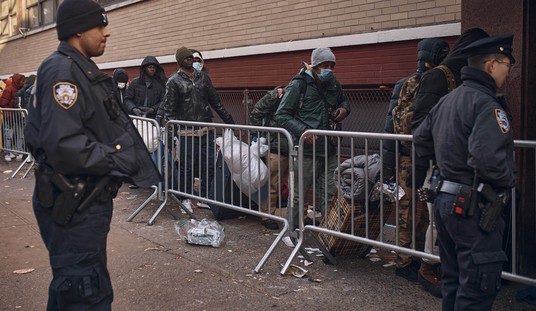
Join the conversation as a VIP Member